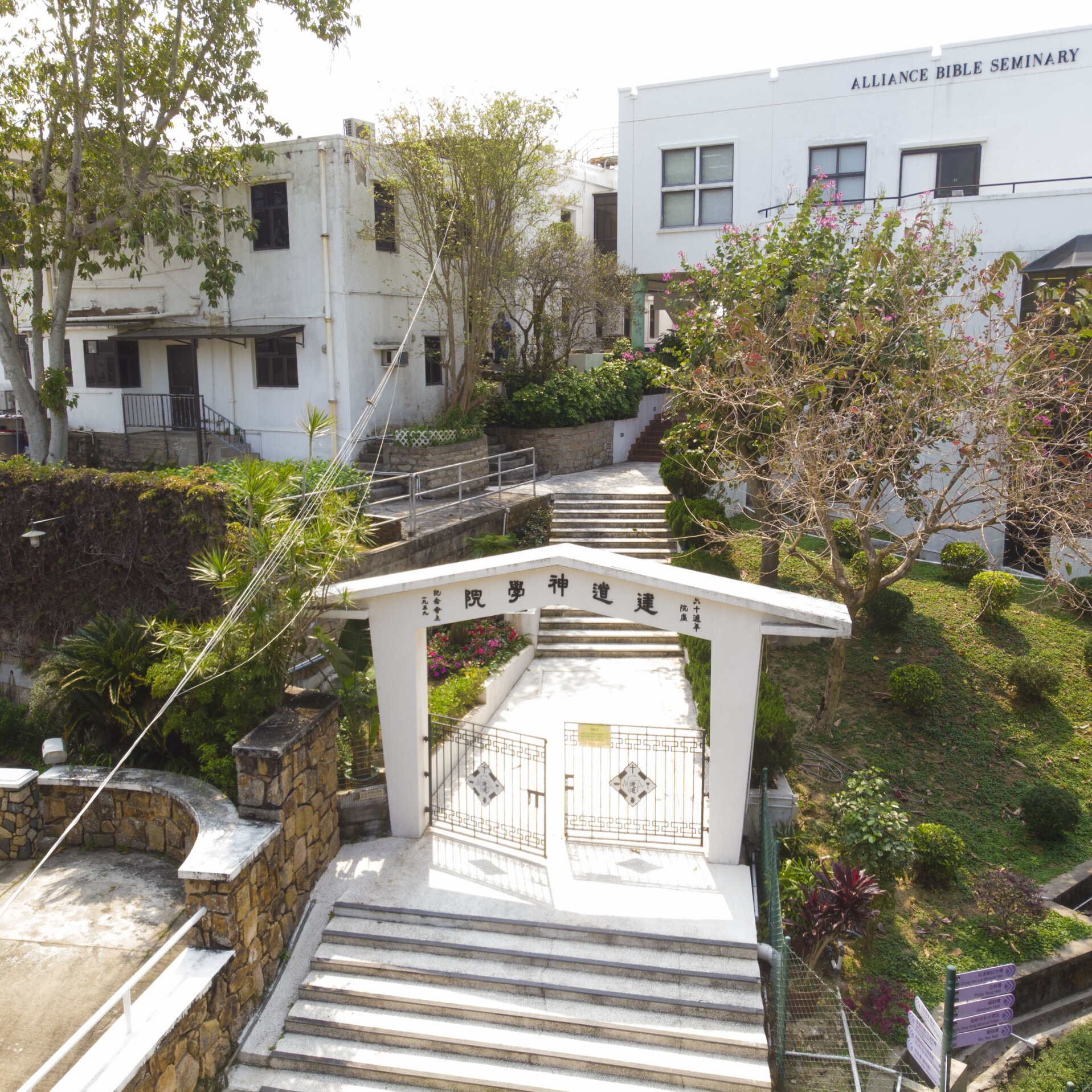【From The President' s Desk】The 5 Functions of the Church and Theological Education/ Dr. James Cheung
Functions of the Church
The book of First Tessalonians was Paul’s earliest epistle which expresses adequately his fine examples of pastoral and spiritual leadership capabilities to the Thessalonica church —— the second church that he had established in Europe. this epistle, we can also gather five functions of the church, which in turn will show us the right director of theological education today.
1.The Church is a Base for Evangelism
“The Lord’s message rang out from you not only in Macedonia and Achaia your faith in God has become known everywhere” (1:8, NIV). Paul had established a witnessing church and the Gospel was spread quickly to neighboring areas, Evangelism is the first function of the church, the lack of which demeans the whole existence of the church. A Christian who does not witness for the Lord is like a doctor who does not practise medicine or a painter who does not paint.
2.The Church is a Home for Nurturing
“But we were gentle among you, like a mother caring for her little children….. For you know that we dealt with each of you as a father deals with his own children, encouraging, comforting and urging you to live lives worthy of God” (2:8, 11). Paul pointed out in chapter two that not only did he himself do the work of evangelism, but further more he was like a parent to each of them, nurturing them in spiritual matters. There are two purposes for nurturing: firstly, to equip the saints for the building up of the Body of Christ and, secondly, to enable them to witness for the Gospel.
3.The Church is a Fellowship Bound by Love
“May the Lord make your love increase and overflow for each other and for everyone else, just as ours does for you” (3:12). Love is a emblem of the church, and fellowship is a product of both loving God as well as each other. One who worships God should also have fellowship with other believers, “encouraging one another” (Heb. 10:24-25).
4.The Church is a School for Character Building
“⋯⋯ Brethren, we request and exhort you in the Lord Jesus, that, as you received from us instruction as to how you ought to I walk and please God, that you may excel still more” (4:1, NASB). While spiritual growth calls for the development of relationship between believer and God, character growth puts the emphasis on interpersonal relationships. It is not a relationship between just believers but one between believers and non-believers as well, that is why Paul says, “so that you may behave properly toward outsiders and not be in any need” (4:12).
5.The Church is a Healing Center for Wounds
“And we urge you, brothers, warn those who are idle, encourage the timid, help the weak, be patient with everyone” (5:14, NIV). The church is not heaven where everyone is perfect. An important task of the church is to help, comfort and heal those who are in need. Again this is not just for believers but to outsiders as well, just like Paul says, “Therefore, as we have opportunity, let us do good to all people, especially to those who belong to the family of believers” (Gal. 6:10).
Theological Education
In order for seminaries to train workers today to face this difficult task of implementing the above-mentioned functions of the church as seen in First Thessalonians, theological education must have the following goals:
- to train students to become better Christian soldiers equipped with both vision and tactics for evangelism;
- to train students to become better pastors in preaching, teaching and counseling; and
- to train students to become better spiritual leaders with high standard of moral character.
Conclusion
There are many truths about the saying “the quality of the church depends on the quality of the pastor.” When the Bible talks about church leadership, it often emphasizes the quality of spiritual and moral characters far more than the ability in administration. This is evidenced by Paul’s description of the qualities of overseers and deacons in First Timothy 3.
原載於《建道通訊》67期,1987年3月,頁4。
作者簡介
張慕皚
前院長
Latest Articles
新手牧者研究計劃(三):新手牧者的身心靈狀態 / 盧慧儀
2025 年 11 月 19 日
個體與關係:滕近輝思想中「深化」的靈性觀 / 倪步曉
2025 年 11 月 18 日
香港九龍塘基督教中華宣道會之起源和發展史/陳智衡
2025 年 10 月 20 日
Highlights
[電子書]困境與抉擇:「建道研究中心30週年誌慶」跨學科研討會論文集/廖炳堂、倪步曉主編
2025 年 1 月 2 日
從梧州到長洲:建道神學院125年的挑戰與恩典 / 陳智衡
2023 年 10 月 1 日
微小教會的見證/高銘謙
2023 年 6 月 1 日







